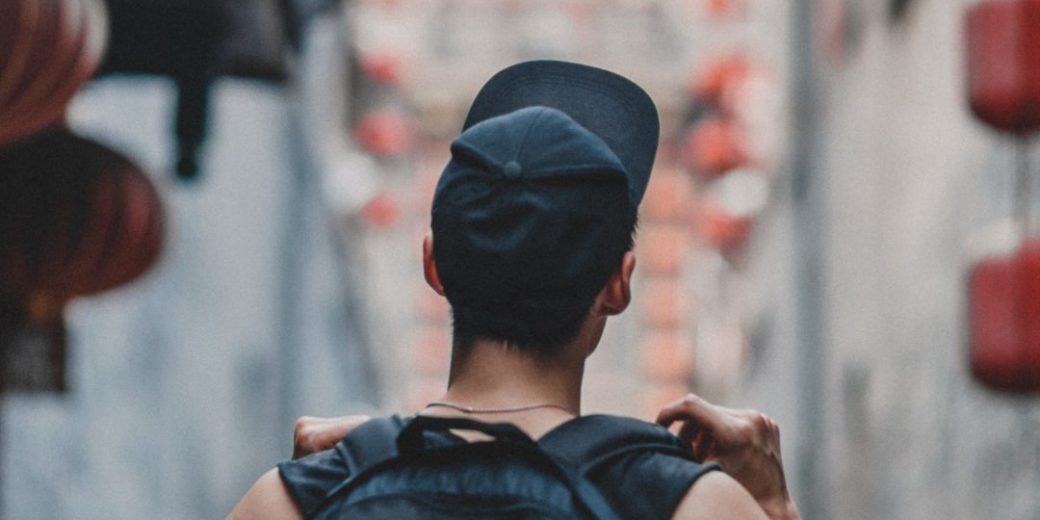China and the US Compared: Just How Cheap is Living in China?| 5 min read

Have you ever wondered just how cheap it is to live in China? If you’re thinking of interning or teaching abroad in China, it’s important to get an idea of what your finances will look like.
How? By getting to know the average cost of certain items which can help you adjust to the conversion rate.
Accommodation
Accommodation will probably be the largest expense in China, especially if it’s based in first-tier cities.
However, for most ImmerQi corporate internship programs and teaching programs, accommodation will already be included in the program fee. So that’s a large chunk of your expenses covered!
Keep in mind that if you decide to sublease your accommodation or aren’t already paying rent in your home country, this can offset China’s accommodation cost when it comes to budgeting.
Food & Groceries
Apart from accommodation, lifestyle expenses can be pretty cheap.
Not only is food more diverse in China, but cheap food stalls on the streets is a huge part of China’s food culture. Eating out at local Chinese restaurants is also quite affordable at certain establishments. For example, a bowl of noodles or wontons will be around 30 RMB (5 USD).
Whether you want to order take out or cook an intimate meal at home, groceries and purchasing Chinese take out is also quite affordable.
But … if you’re thinking about only eating Western food all the time, your lifestyle costs won’t be cheap at all. A meal at an ordinary Western restaurant can be well over 100 RMB! Food imported from other countries cost similar to the price back at home. Rather, it would be wise to do a weekly or bi-weekly grocery shop like you would back at home & stock up on the essentials.
Transport
Getting around China by local transport is also cheap, whether that be by subway or hiring a shared bike.
A subway trip across any city is usually a mere 3 RMB and a taxi’s starting price ranges from 10 RMB – 14 RMB depending on which city.
If you’re up for a bit of exercise, then the bike sharing program will be the perfect fit for you. The fare of riding these bikes such as ‘ofo’ and ‘Mobike’ begin with 0.5 RMB/30 minutes – a steal! Some of these bikes are even free for the first hour!
Shopping & Entertainment
Here’s where the prices can get pricey, depending on your personal spending habits and how much you go out.
Drinking and other activities such as the movies will definitely increase your budget. An imported beer at the local pub can be around 30RMB while drinks at the Bund in Shanghai can reach up to 100RMB per drink.
When it comes to shopping, Western fashion brands such as ZARA and H&M will cost similar to the prices back at home.
China vs. US
All in all, for the most part, living in first-tier cities such as Beijing or Shanghai is relatively cheap compared to Western countries. However, it depends on how you budget and what your priorities are.
For your reference, here’s a short list of 16 items comparing the cost in RMB in China and the cost in RMB in the US:
1 USD = 6.84029 CNY (approximately)
1. An inexpensive meal at the restaurant: 20 RMB in China vs 95 RMB in US
2. A meal for two at a mid-range restaurant: 150 RMB in China vs 340 RMB in US
3. Combo meal at McDonalds: 30 RMB in China vs 47 RMB in US
4. Takeaway: 30 RMB in China (per meal for Chinese food) vs 60 RMB in US
5. A bottle of coke: 3 RMB in China vs 12 RMB in US
6. A bottle of water: 2 RMB in China vs 10 RMB in US
7. Domestic Beer: 5 RMB in China vs 16 RMB in US
8. Local transport (one-way ticket): 2 RMB in China vs 15 RMB in US
9. Taxis (starting price): 10 RMB in China vs 20 RMB in US
10. Internet (per month): 150 RMB in China vs 417 RMB in US
11. A regular cup of cappuccino: 26 RMB in China vs 27 RMB in US
12. 1 litre of milk: 13 RMB in China vs 6 RMB in US
13. Loaf of fresh white bread: 10 RMB in China vs 18 RMB in US
14. 1kg of local cheese: 90 RMB in China vs 73 RMB in US
15. One dozen of regular eggs: 11 RMB in China vs 16 RMB in US
16. 1kg of chicken breasts: 23 RMB in China vs 58 RMB in US




